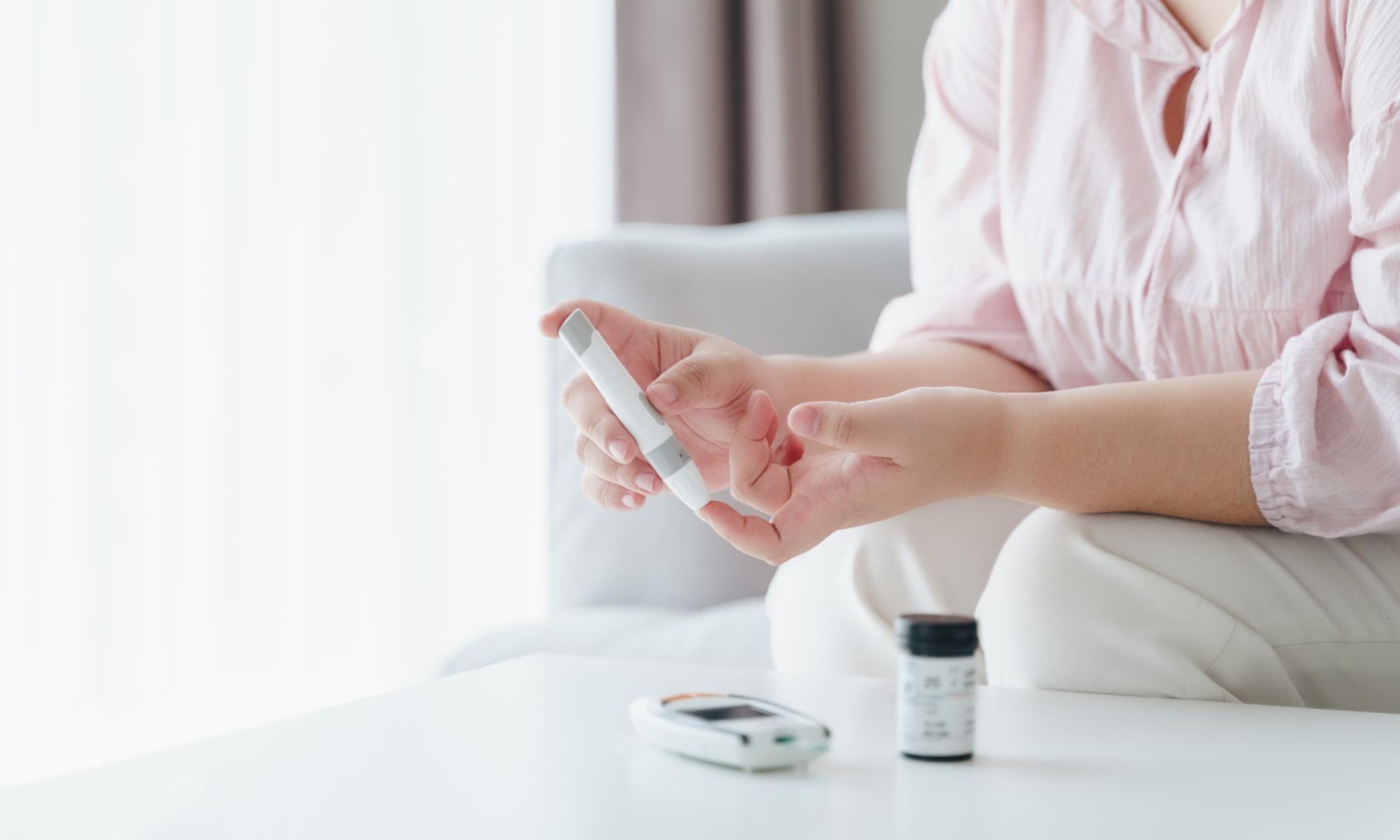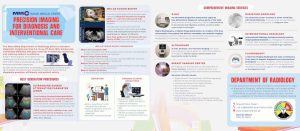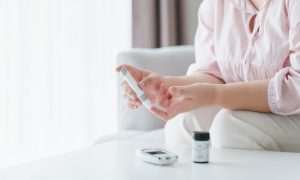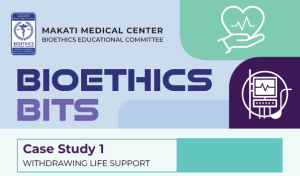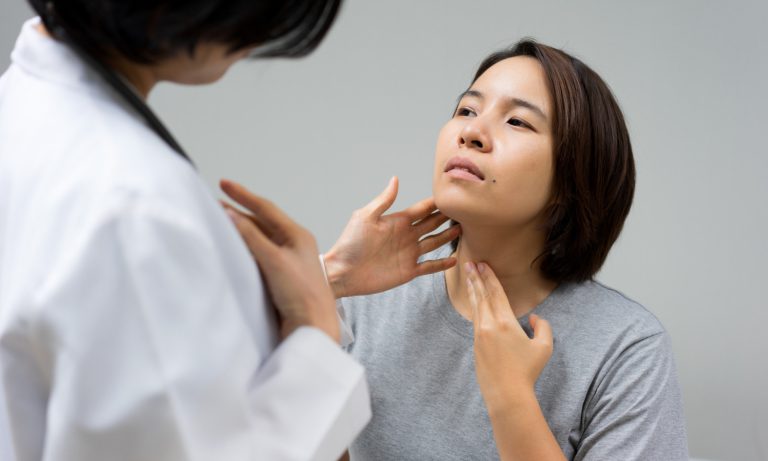In the Philippines, 4.7 million individuals were diagnosed with diabetes mellitus in 2024 according to the International Diabetes Federation. It has been described as a “silent killer” because you can have it and not know it.
Taking symptoms lightly (from extreme thirst and frequent urination to sudden weight loss and a lack of energy) could make diabetes progress to the point that it could do irreparable damage to your kidneys, eyes, nerves, and heart. Complications from diabetes ranked fifth in the list of leading causes of death among Filipinos in 2024, per a release from the Philippine Statistics Authority.
Take charge of the disease
The first step to taking charge of the disease? As diabetes is characterized by elevated blood glucose, knowing your blood sugar and keeping it at its target level is key. According to the World Health Organization, the recommended blood sugar range for adults with diabetes is:
- Upon waking up: Less than 100 mg/dl (5.6 mmol/L)
- Before meals: Between 80 to 130 mg/dL (4.4-7.2 mmol/L)
- Two (2) hours after eating: Less than 180 mg/dL (10.0 mmol/L)
Laboratory blood tests like the no-fasting-needed HbA1c can show your blood sugar trend in the past three months, while Fasting Blood Sugar (FBS) reveals your blood sugar following an overnight fast.
Monitoring your blood sugar from day to day allows for better control. How to keep your blood sugar in check is one of many things taught at the Diabetes Care Center of Makati Medical Center (MakatiMed). Run by specialists in the field of diabetes, the center empowers patients, their family members, and their caregivers with information and know-how on the proper management of the disease.
Here, the goal is to provide DSMES, or Diabetes Self-Management Education and Support by providing enough learning and skills that would bring about positive behavioral changes like being active, healthy eating, taking medications on time, healthy coping, problem solving, reducing risk, and most especially, the self-monitoring of blood glucose
Self-monitoring blood glucose
Also known as SMBG, self-monitoring of blood glucose refers to the use of glucometer, test strips, and a lancet (or small needle) to check your blood sugar at specific times of the day. Wash and dry your hands thoroughly before pricking your finger with the lancet. Gently squeeze a drop of blood from your finger and place it on the strip that is inserted in the glucometer. The glucometer will give you your blood glucose level.
“Monitoring blood glucose is an integral part of effective therapy,” emphasizes MakatiMed Endocrinologist Ma. Princess Landicho Kanapi, MD.
Indeed, your blood glucose reveals many things and what actions to take, when necessary. “It will tell you if you have high glucose events (or hyperglycemia) and low blood glucose (or hypoglycemia). It is also good to check your blood sugar before and after exercise.
“Blood glucose testing also determines the effects of different meals and snacks, because a certain type of food can have a good effect on one patient, but can elevate the blood glucose of another. Of course, blood glucose will also show the effects of the medication prescribed to you,” says Dr. Kanapi.
All diabetics need to monitor their blood sugar, says the MakatiMed doctor, but there are three (3) types of patients who would benefit most from regular checking.
- Diabetics taking insulin: Insulin is the hormone responsible for regulating blood sugar. When your body destroys insulin produced by your pancreas (Type 1 Diabetes) or your pancreas do not produce enough insulin or cannot process it well (Type 2 Diabetes), you need insulin from an external source. Typically administered via injection, insulin needs to be monitored and adjusted because too much can cause hyperglycemia, and too little can trigger hypoglycemia.
- Women with gestational diabetes: Women with elevated blood sugar while pregnant also need to monitor it regularly to avert any health complications for themselves and their little bun in the oven. Premature birth, macrosomia (a larger-than-average baby), birth defects, and the increased risk of a child developing diabetes are such complications that can easily be prevented with vigilant monitoring.
- Diabetics with erratic blood glucose levels: If your blood sugar spikes one hour then plummets the next, you definitely need to check it regularly. “High blood sugar makes the body break down fat for fuel. This produces ketones,” explains Dr. Kanapi. Ketones make the blood acidic; left untreated, they could result in coma or death.
Should you keep checking your blood glucose by performing random pricks throughout the day? “No, that’s too painful for your finger,” says Dr. Kanapi. Instead, the doctor recommends structured testing, or taking your blood sugar at assigned times of the day to achieve consistency of routine and results.
“Structured testing is testing at the right times, in the right situations, and frequently enough, according to the type of action or treatment decision to be taken,” says Dr. Kanapi. “It allows you and your doctor to identify glucose patterns that affect your daily glucose controls and understand how meals, exercise, medication, and life events changes your glucose levels.”
Testing can be done at key times of the day:
- Upon waking: “This determines the effect of your evening medication as well as the effect of exercise or physical activity from the previous afternoon or evening,” she says. “Your blood glucose result at this time can also be used to evaluate and titrate (or adjust) your basal insulin dose.”
- Before meals: “Again, this will help assess basal insulin dose requirement.”
- After meals: “Use your blood sugar results to assess mealtime insulin dose requirements and the proper timing of insulin administration,” she says. “If your blood glucose is high, you can gauge whether you need additional medication. You can also assess the effectiveness of changes in the amount and composition of your meals and snacks and physical activities in trying to reach your target blood glucose range.”
- Bedtime: “This allows you to assess the impact of pre-dinner medication and the impact of dinner, evening snacks, and later afternoon or evening physical activity.”
- 2 AM: “This is for individuals who often have hypoglycemia.”
As food affects blood glucose, you can also schedule your blood sugar monitoring before and after one meal per day—that is, before breakfast and after breakfast on a Monday, before lunch and after lunch on a Tuesday, before dinner and after dinner on a Wednesday, and so on. “This provides more data and a clearer picture of glucose levels and patterns,” says Dr. Kanapi.
Diabetes may be a lifelong and life-threatening disease, but it is a manageable one, with the right medications, healthy food and lifestyle choices, the accessibility of user-friendly monitoring gadgets, and the determination to take control of your blood sugar, and not let it take control of you.
“When your doctor tells you to ‘SMBG,’ that means you self-monitor your blood glucose,” says the MakatiMed endocrinologist. “This empowers you to treat your condition.”
Article based on MakatiMed’s Managing Diabetes: Role of Blood Glucose Monitoring webinar featuring Ma. Princess Landicho Kanapi, MD last July 28, 2021.
For the complete list of Makati Medical Center’s Endocrinology Specialists, click here. You may also reach us via MakatiMed On-Call at (+632) 8888 8999 or at [email protected].
Follow our social media pages for more health-related content and for the latest updates: https://www.makatimed.net.ph/social-media-pages/

